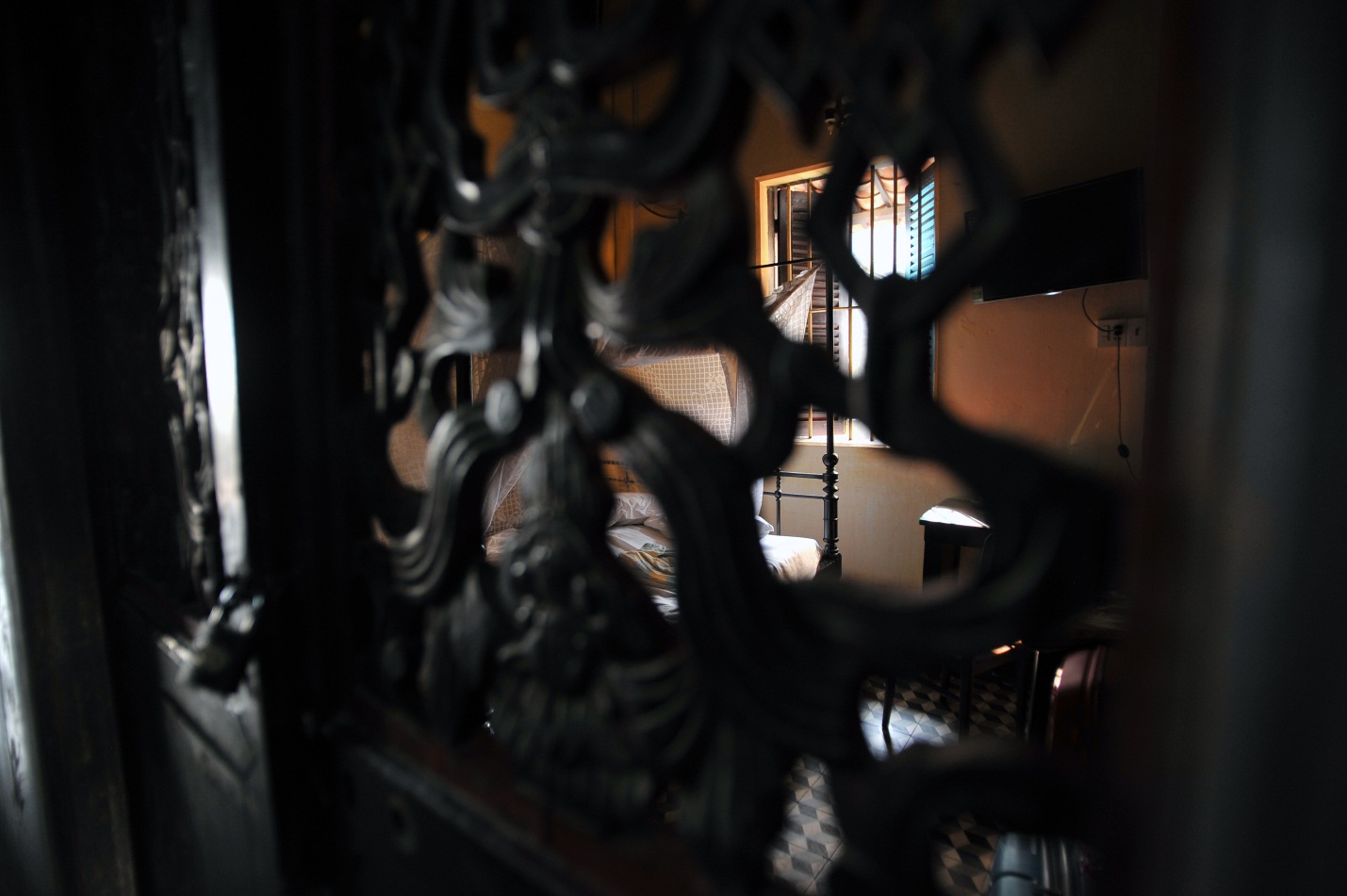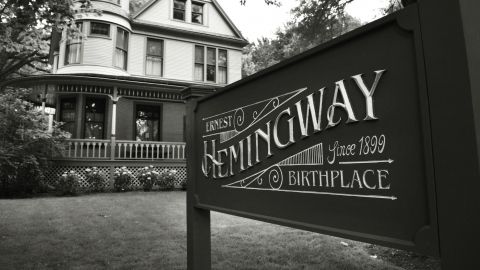once-glorious house
The ancient house was built in 1895 by Mr. Huynh Cam Thuan, a famous and wealthy Chinese merchant (Fujian, China) in Sa Dec, in the middle of a bustling commercial area on the banks of the Sa Dec River.
Originally, this was a traditional three-room house of the Southwest region, 258 m wide.2, with the main material being precious wood, and a boat-shaped roof covered with yin-yang tiles.
In 1917, Mr. Huynh Cam Thuan restored the house with solid bricks covering the wooden frame inside. Therefore, the house looks like a French villa from the outside, but inside, the architecture has a strong Chinese color.
Later, his youngest son, Huynh Thuy Le, inherited the house. And since then, the house has remained quite intact.
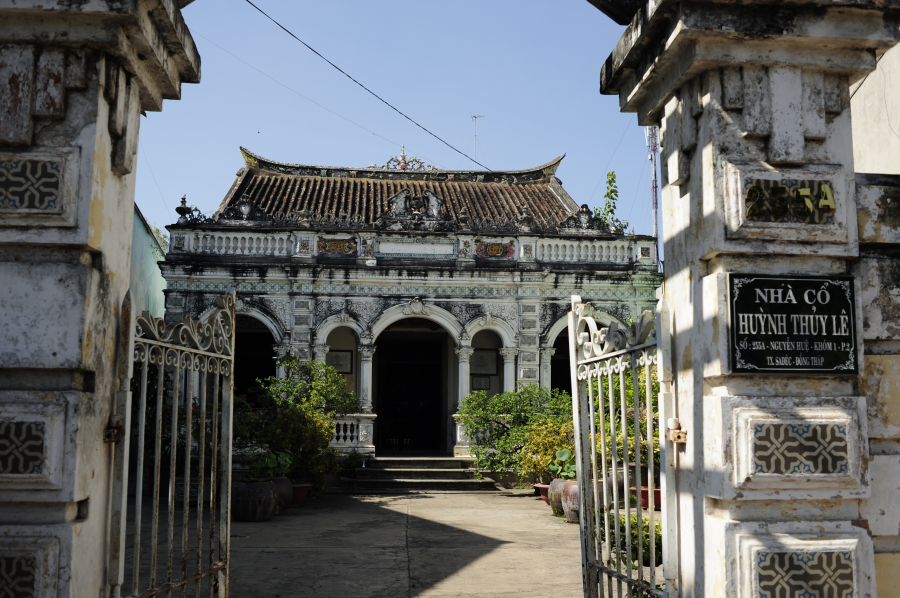
After a major renovation in 1917, the house has a harmonious blend of three architectural styles: French, Vietnamese, and Chinese. At first glance, the exterior of the house is the 17th-century Roman Renaissance architecture with arched gates, columns, and floral motifs and reliefs. However, the interior of the house still retains the traditional Vietnamese three-room style. The arrangement of the gilded and red-lacquered panels in the house is based on themes from traditional Chinese art.
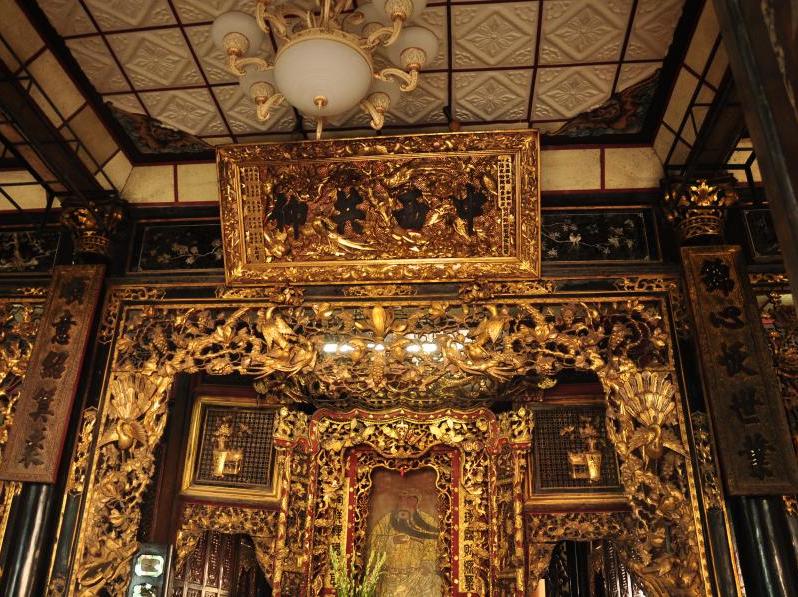
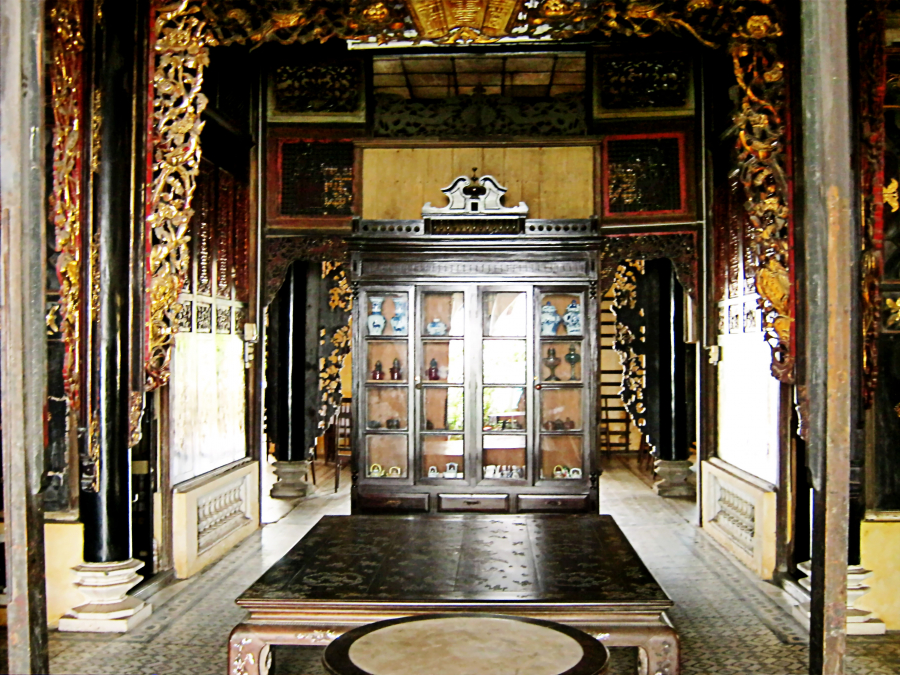
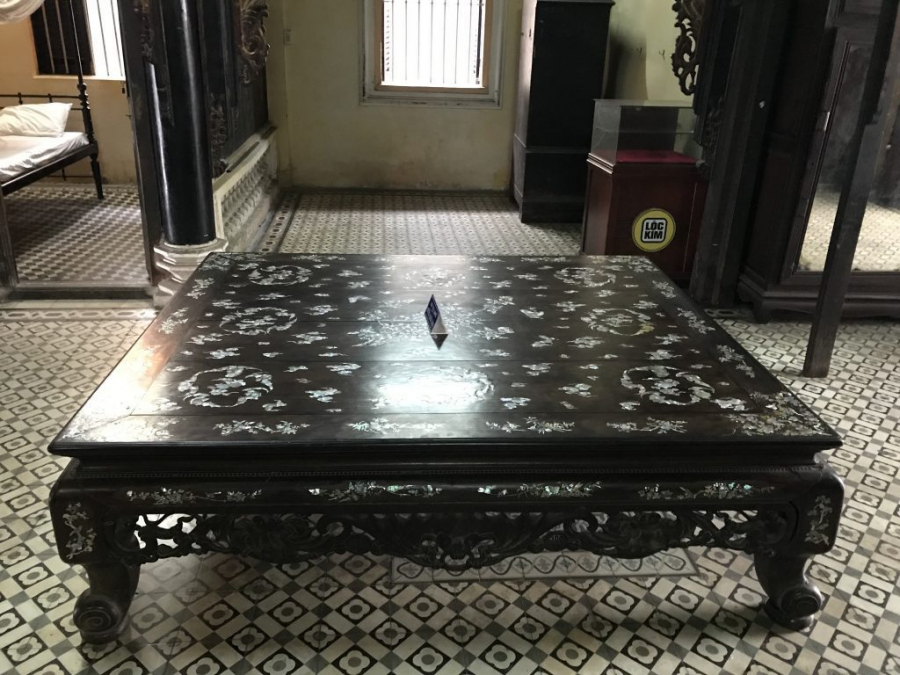
The French-style floral patterned ceramic tiles used to cover the house were all imported from France.
At the main door there is a door frame with horizontal parallel wooden bars that can be pulled back and forth. At noon, the house does not close the main door but pulls this door frame. Light and wind can still flow into the house, and neighbors will not bother to call when they see the door frame pulled. Some people call it "nap door frame".
In the middle of the house, the floor is sunken. This is an intentional construction detail of the homeowner, because according to feng shui, money flows to the sunken place. The Quan Cong altar is also placed in the middle of the main room according to Chinese beliefs; the motifs on the balcony are "dragon, unicorn, turtle, phoenix", instead of "dragon, unicorn, turtle, phoenix"...

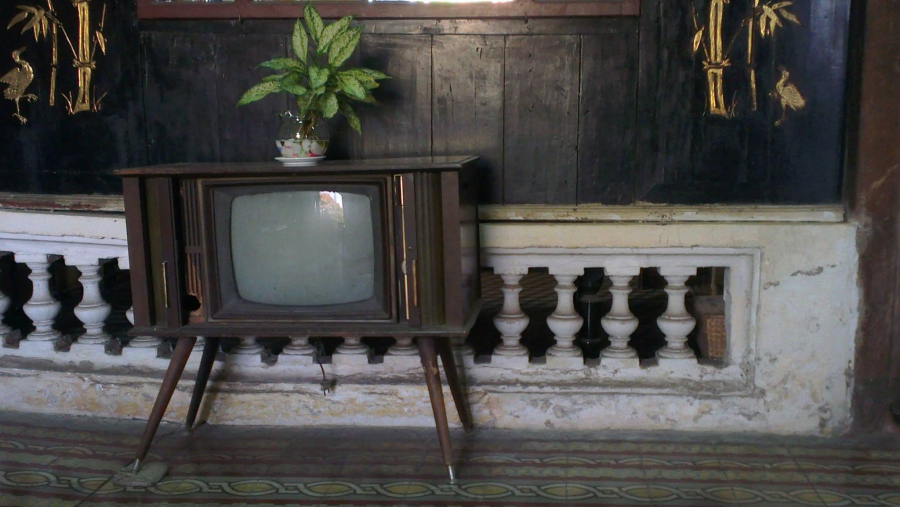
The floor is intentionally sunken.
witness to the sad love story of literature
In addition to its value of combining Eastern and Western architectural styles, the ancient house is also famous for being a "witness" of the borderless love story between female writer Marguerite Duras and her first lover - Mr. Huynh Thuy Le, the owner of the house.
In 1929, on the My Thuan ferry, a young French girl (the author M. Duras) attracted the attention of Huynh Thuy Le, a 27-year-old wealthy man, the son of a Chinese tycoon. Due to differences in family background and culture, the love affair between the two lasted for 18 months before being strongly opposed by Huynh Thuy Le's family. After breaking up, M. Duras returned to France, and Mr. Le soon married a Vietnamese woman of equal social standing, as arranged by his family.

The image of Mr. Huynh Thuy Le and his wife is hung in the ancient house.
That sad love story was later retold by her in her work L'Amant (English version is The Lover).,The Vietnamese version is Nguoi Tinh). In 1984, the novel was published, quickly causing a big stir, being translated into 43 languages around the world and winning the Goncourt Prize (France's most prestigious literary award). In 1986, the novel was made into a film of the same name by director Jean-Jacques Annaud.
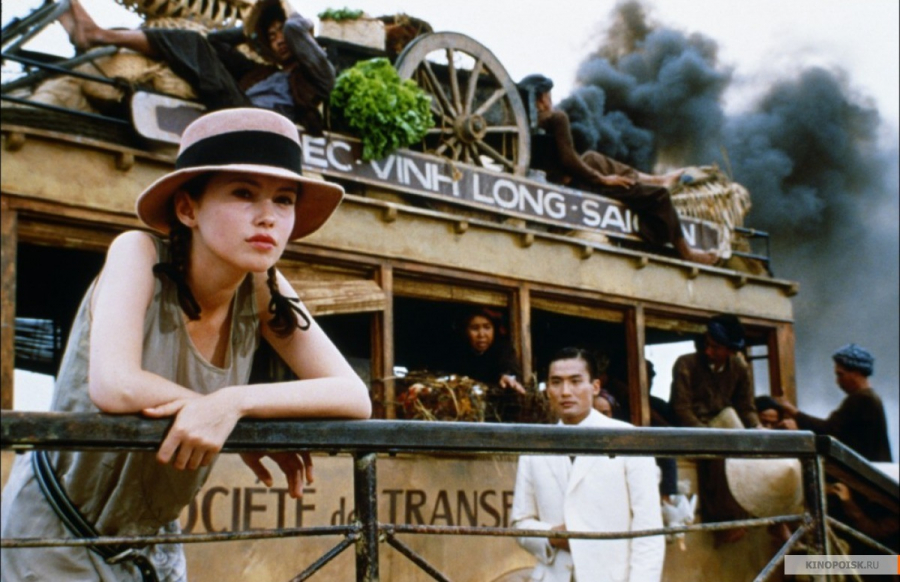
In the movie The Lover, there are many scenes filmed in Vietnam such as: the poetic Tien River, the bustling My Thuan ferry, the splendid Saigon city..., and especially the ancient house of Huynh Thuy Le which was used as the main setting in the movie.
In particular, during a meeting in Cho Lon (around 1929-1930), Huynh Thuy Le briefly told M. Duras about her father. Until M. Duras wrote the autobiographical novel L'Amant in 1984, she still remembered this detail clearly. She confided in her autobiography: Mr. Huynh Cam Thuan (Huynh Thuy Le's father) was famously rich in Cho Lon and Sa Dec thanks to his job of building houses and renting them out to local people.
And that's all she knows about her first lover's background, career and family.
immortal vitality
After Mr. Huynh Thuy Le passed away, his children all settled abroad. The old house was used as a police headquarters, and in 2007, the old house was opened to visitors.
The house was certified as a provincial relic in 2008 and a national relic in 2009. Currently, the Huynh Thuy Le ancient house has been handed over to Dong Thap Tourism Joint Stock Company for preservation and as a tourist attraction. Every year, the house welcomes tens of thousands of international visitors, especially the large Francophone community.
Especially for nearly 10 years now, Huynh Thuy Le ancient house has also opened a service for tourists to stay overnight. In the house there are two rooms, guests who want to stay must register in advance, and are served breakfast and lunch. The room is fully furnished, with a TV set with movies.Loverto give visitors the most "real" experience of what once happened at the house.
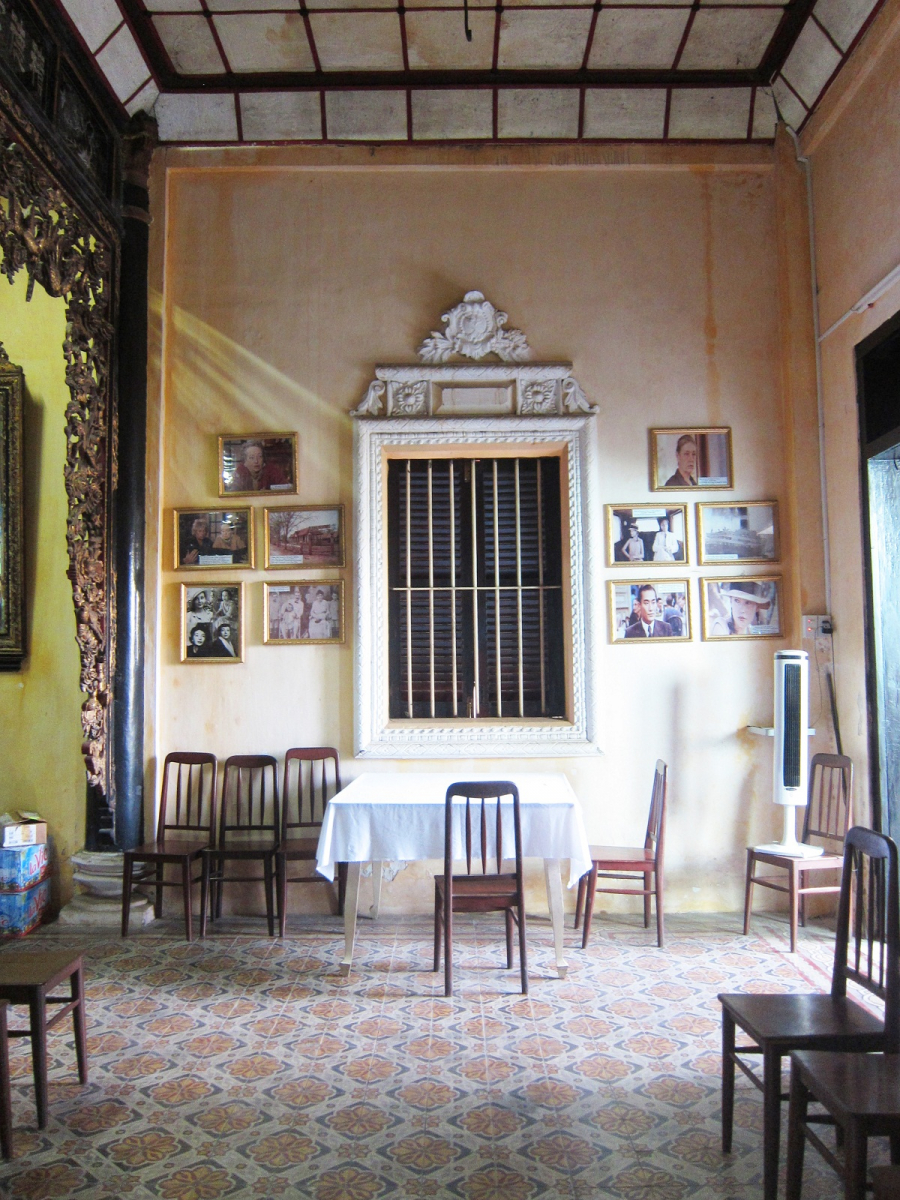
The gallery displays photos of Mr. Huynh Thuy Le's family as well as photos of Mrs. M. Duras when she was young.
And has the love affair between Mr. Huynh Thuy Le and Ms. Marguerite Duras really ended?
Anyone who has read the ending of The Lover's story probably believes that, like this 125-year-old house that still exists majestically, the love story between the owner and the writer still lives on forever. In fact, it is that love that gives the old house its lasting vitality.
Years after the war, marriage, children, divorce, novels... he came to Paris with his wife. He called me. I recognized the voice immediately.
"I just want to hear your voice," he said.
"It's me, hello" I replied.
He was still as shy and timid as ever. He began to stammer. And through his stammering, I could hear his Chinese accent again.
He knew I had started my writing career, he heard that from my mother, when he met her in Saigon. He was also very sad about my brother's death. Then he didn't know what to say. And then he said, just like before, he still loved me, he could not stop loving me, and he would still love me until he died.
(Excerpt from The Lover, Marguerite Duras)
More information
- Address: 255A Nguyen Hue Street, Ward 2, Sa Dec City, Dong Thap Province, VN
- Entrance fee: 20,000 VND/person
- Room rates: from 550,000 VND/room





